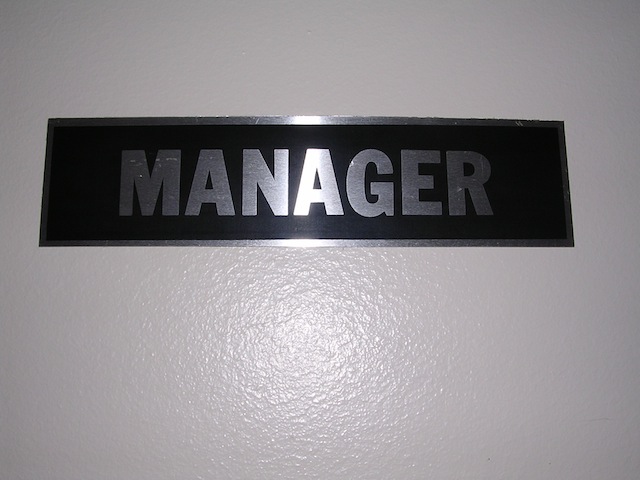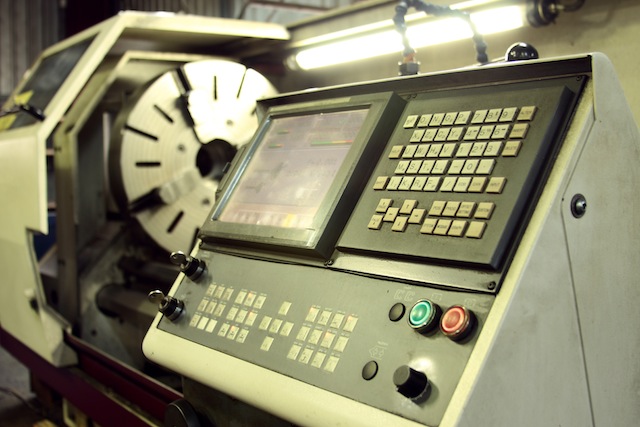One of the most derided organisational theories of recent times has been Holacracy, a system of running organisations without managers.
The idea behind Holacracy is job descriptions are outdated and unnecessarily limiting. Modern workplaces and roles are far more fluid than the traditional, almost militaristic, structure of the hierarchical organisation chart.
Creator of Holacracy, Brian Robertson, describes in a Medium post how the anti-management theory came around during the early days of running a tech startup in the early 2000s.
The impact of our deep dive into agile software development went far beyond just “how we built software”?—?it infused our culture and gave us a foundation of principles and practices for the management of the company as well. Over the next several years, we’d do our best to express this paradigm in everything we did. Agile principles became a guidepost and a measurement for all of our future experimentation, as did the highly overlapping principles of the lean movement.
Given the tech startup roots of the idea, it’s not surprising Holacracy applies many of the principles that make up the Agile and Lean movements – particularly the hostility to micro-management.
Moving on from Holacracy
It’s notable that Robertson posted his background on Holacracy on Medium as the service was one of the more prominent adopters of the organisational theory, however the publishing platform has now dumped the philosophy.
In his post about why he and his business partner have dumped Holacracy, Medium founder Ev Williams said “the system had begun to exert a small but persistent tax on both our effectiveness” however he still thought the concept has merit and traditional management structures are too slow to deal with the demands of modern business.
The management model that most companies employ was developed over a century ago. Information flows too quickly?—?and skills are too diverse?—?for it to remain effective in the future.
Williams’ point is right, the 19th Century military structure of businesses was fine at a time when product cycles could be measured in years if not decades. In today’s world where the life of companies, let alone products, has been drastically compressed a much more flexible and fast moving way of organising businesses is needed.
Dynamic times
Along with needing far more flexible and fast moving structures, organisations also have the tools to create them. Again, the days of memos moving through layers of management via manila envelopes are long gone and now we have collaborative, real time communications methods.
One of the great changes in business over the next decade is going to be the rethinking of how organisations are managed, Holacracy may turn out not to be the answer but it is an early attempt of making sense of a very changed business world.
Management are the one group that really hasn’t been disrupted over the past thirty years. As strange as it might sound, Holacracy is a taste of the radical changes the executive suite are about to experience.




